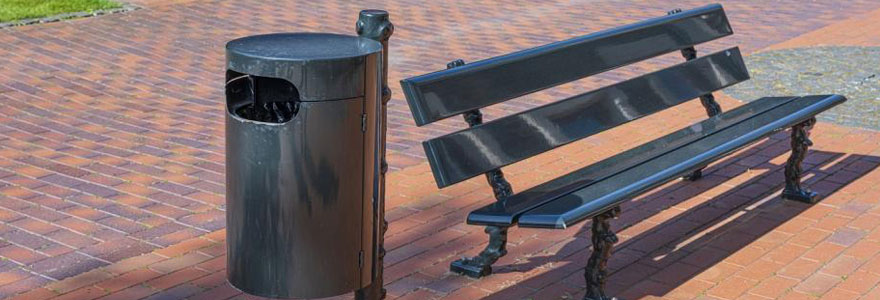
Street furniture offers essential amenities to pedestrians by creating full functionality and vitality to the wayfarer realm. Street furnishings make the pedestrian feel comfortable, giving them an impression that the streets are the place to be. These amenities play critical roles to the pedestrian by issuing purposeful services and providing visual detail and interest.
Just like any other street element, like the traffic lights and signals, pedestrian facilities need to be considered an indispensable public outlay. For public safety and relaxation, street vitality has to be enhanced.
In this post, you will read about street furnishing, its functions, and things to consider when choosing street furnishing.
What is street furniture?
Street furniture is a common term applied in the United Kingdom, Canada, the United States, and Australia in both public and private sectors. The term refers to pieces of equipment and objects placed along the roads and streets to serve various purposes.
The objects and equipment include traffic lights, traffic signs, phone boxes, information display, tram stops, post boxes, fountains, waste receptacles, etc.
The function of Street Furniture
Street furnishing serves many purposes, from environmental, practical, and attractive to emotional. Installing benches, bins, and bus stops in the entire urban area leads to streetscapes with appeal and function. It builds locations to meet, travel, greet and assign values to the place.
Things To Consider Before Choosing Street Furnishing
Materials
Material is a crucial component of street furnishing; you have to figure out which kind of materials works best. When it comes to material, it's not all about appearance, but how it behaves upon the stress of nature and human being usage.
Materials used should be weather resistant, non-corrosive, and able to adapt to contraction and expansion. The materials should be strong enough to and also have vandal-resistant attributes.
Usage
It is important to consider the main target that will be using street furnishing. Will it be used by the young or the elderly, or both across the age spectrum? Or will it be versatile, attaining various requirements on different occasions of the day or week? Street furnishing that considers those using has higher chances of success than those that do not include this factor.
Maintenance
There is no place that is busy as 24/7 as the urban landscapes, and due to this, there are enough funds and adequate time for the maintenance practices. That is why all street furnishing should be low maintenance, long-lasting, hard-wearing, and robust, and it should not decline over a given duration in terms of appearance and functionality. Streets furnishing that requires low maintenance application brings a great value to a place, conserving it as an appealing destination.
